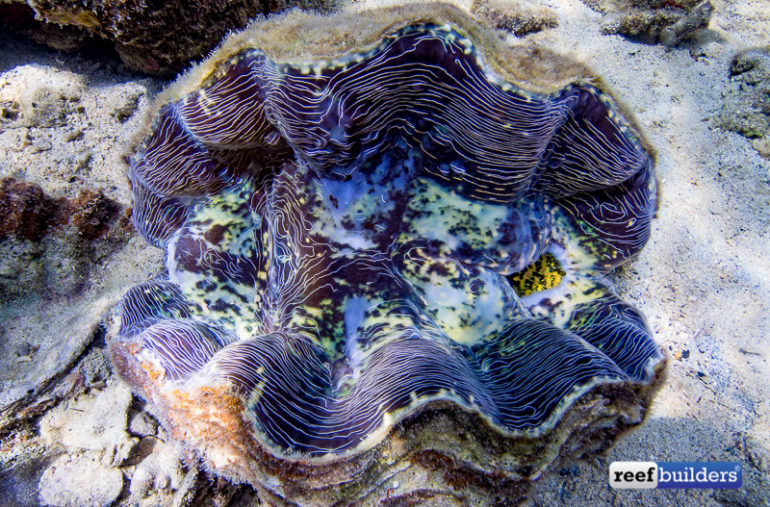In a 173-page document, the United States government has announced a proposal to list all species of giant clams under the Endangered Species Act (ESA). The National Marine Fisheries Service (NMFS, sometimes referred to as NOAA Fisheries), an agency within the National Oceanic and Atmospheric Administration (NOAA), which itself is situated in the Department of Commerce, is the government agency tasked by Congress with implementing the ESA for marine and anadromous species.
In response to a petition for listing, NMFS has determined Hippopus porcellanus, Tridacna mbalavuana, T. squamosina, T. derasa, and T. gigas meet the statutory criteria for listing as Endangered under the ESA. NMFS also determined that H. hippopus meets the statutory criteria for listing as Threatened under the ESA and that ESA Section 9 prohibitions should be applied to the species.
In addition, while NMFS determined that T. crocea, T. maxima, T. noae, and T. squamosa do not meet the criteria to be listed as Endangered or Threatened, the agency has determined that these four species should also be listed as Threatened under Section 4(e) of the ESA, which allows for listing of species that have a similarity of appearance to other listed species.
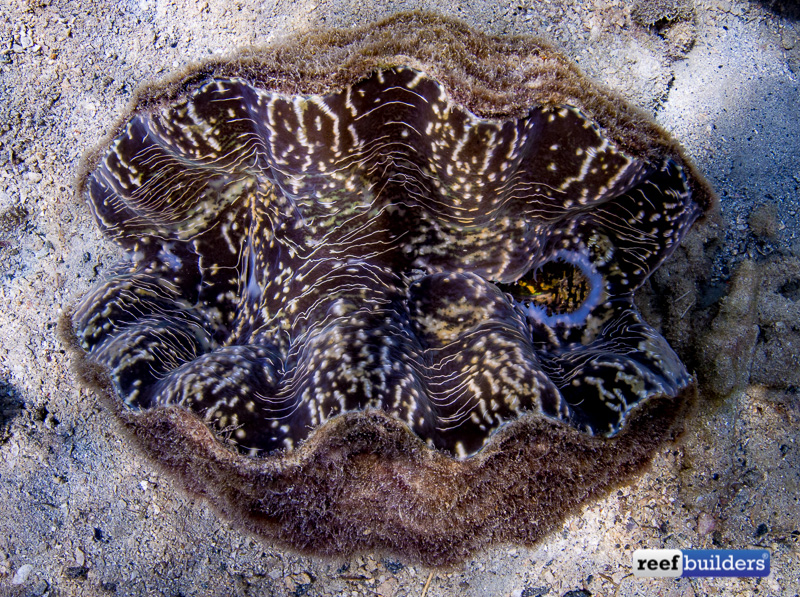
Beyond the legalese: What does this mean for the marine aquarium hobby and trade?
If the proposed rule goes into effect, Hippopus porcellanus, Tridacna mbalavuana, T. squamosina, T. derasa, and T. gigas will be illegal to import, export, or trade in commerce across state lines. While some hobbyists will be able to keep any individual giant clams they already possess, several states prohibit possession of ESA listed species, leaving many aquarists in a legal quagmire, unable to sell the giant clam to someone in a state where possession is legal, but also unable to keep the giant clam legally in their own state absent a state-specific remedy.
While H. hippopus will be listed as Threatened and not Endangered, the same restrictions will apply as those for the Endangered listed species. Importing, exporting, or trading in commerce across state lines will be prohibited. This will effectively mark the end of the trade in these six species of giant clams, and eventually they will disappear from the hobby as well over the course of years.
In addition, T. crocea, T. maxima, T. noae, and T. squamosa would also be listed as Threatened under the ESA, due to a provision in the ESA that stipulates species that are similar in appearance to other listed species such that it may be difficult for law enforcement to differentiate between listed and unlisted species may be listed. However, the restrictions implemented for these species would only apply to derivative parts and products for which the species of origin cannot be visually determined, such as meat, carved shells, or pearls. Importing, exporting, and trading in interstate commerce of live individuals of these four species would continue to be legal, at least for the time being.
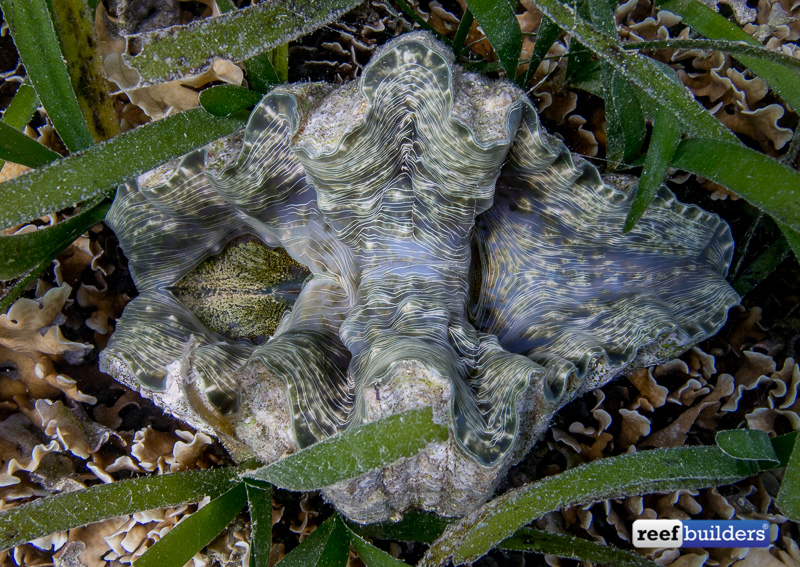
Will this new regulation aid the recovery of giant clams in the wild?
While the listings and regulations will have dramatic impacts on businesses and individuals in the United States and abroad, it will do little to nothing to address the threats to wild populations of the species proposed for listing. The United States does not have the power to designate critical habitat abroad, nor the jurisdiction to prosecute illegal harvest by foreign citizens in foreign waters, nor the authority to end the illegal shell carving operations in east and southeast Asia.
The impacts of ESA listing of foreign species are generally limited to restricting imports to the United States, exports from the United States, and interstate commerce within the United States (and in some cases, take on the high seas.). However, if those activities do not present a threat to a species, the regulation essentially cannot have any real impact on the conservation of a species.
What such regulation often does do is negatively impact aquaculture, mariculture, and sustainable management programs by shutting off the major market that is the source of their funding. This is exactly what will happen in this case.
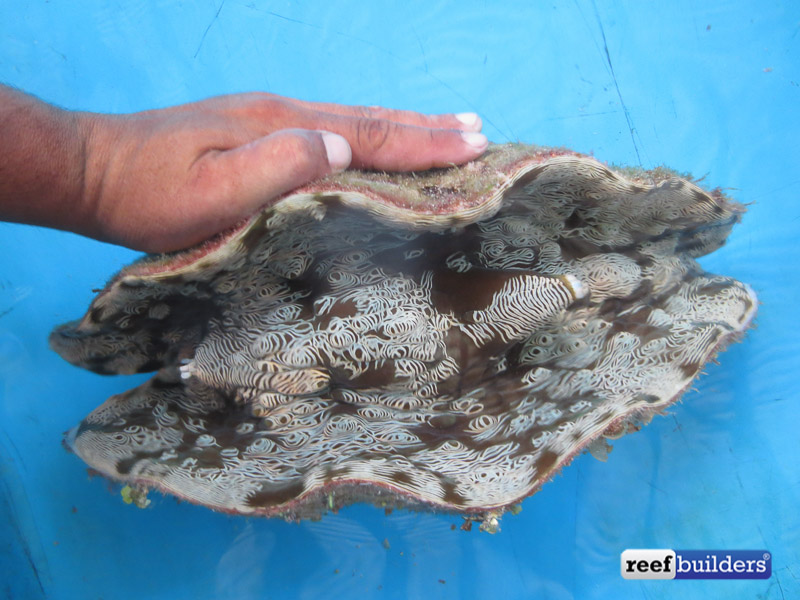
As the United States is the largest market for live giant clams, the listings will harm the viability of giant clam aquaculture and mariculture operations, reducing if not eliminating their economic viability. Not only will this lead to reduced global populations of giant clam species as less farms will continue to operate and breed giant clams, but it will also reduce sustainable livelihood opportunities in areas that often have few alternatives for employment. Giant clam farming is often a lifeline for remote island communities, providing sustainable livelihoods and putting giant clams on the reefs.
Several laws already ensure that all giant clams imported and sold in the United States are from sustainable sources and that trade does not negatively impact wild populations. The United States is a signatory to the Convention on the International Trade in Endangered Species (CITES), the United Nations treaty that ensures trade in wildlife does not threaten species with extinction. Federal law enforcement in the United States strictly enforces all CITES regulations and permit requirements.
All Tridacna sp. and Hippopus sp are listed under CITES Appendix II. All species listed under Appendix II require a permit before they can be exported. In order for the export permit to be issued, the species must undergo a non detriment finding (referred to as an NDF in CITES lingo) demonstrating that any trade is not detrimental to wild populations and, if necessary, setting limits to ensure this. Every giant clam that is imported into the United States (and any other of the 184 CITES signatory countries for that matter) must have a CITES permit and therefore, was subject to an NDF.

The vast majority of live giant clams imported for the aquarium trade come from aquaculture or mariculture sources. LEMIS data (the law enforcement database US Fish & Wildlife Service uses to track imports and exports of wildlife and wildlife products) reveals 96 percent of live imports into the United States of giant clams from 2016 to 2020 were from captive-bred or born sources.
In addition, the listing proposal explicitly states that nearly all, if not all, imports of T. derasa from Pacific island nations such as Palau, Solomon Islands, Marshall Islands, Tonga, and the Federated States of Micronesia are from aquaculture or mariculture sources.
Despite the United States government’s admission that imports to the United States are not harming wild populations of T. derasa, all species listed as Endangered under the ESA are subject to the same prohibitions, including an absolute prohibition on commercial aquaculture and mariculture activities, regardless of conservation value and livelihood benefits that may be provided.

All import, export, and interstate commerce in Hippopus porcellanus, H. hippopus Tridacna mbalavuana, T. squamosina, T. derasa, and T. gigas will be banned due to the inflexible nature of the ESA.
A case for Endangered Species Act reform
This proposal is another example of the need for reform of the Endangered Species Act. CITES is not perfect, but it does a far better job of regulating foreign species than the ESA can. The CITES framework includes a flexible process that more closely considers the threats to and conservation management options for each listed species. CITES allows for permitted exemptions for captive breeding and sustainably managed population sources.
Unfortunately, should the proposed rule be finalized next year, this will likely be another case of the inflexibility of the Endangered Species Act shutting down the largest market for aquarium species, thus killing the demand and funding relied on by captive breeding operations and sustainable management programs, eliminating jobs and destroying sustainable livelihoods, while doing little to nothing to benefit wild populations of giant clams.
As in this case, the listing of foreign species under the Endangered Species Act is often counterproductive, providing legal protections on paper, but in reality doing little to address threats to the species while eliminating opportunities for conservation and captive breeding initiatives that could provide a pathway to recovery for wild populations.
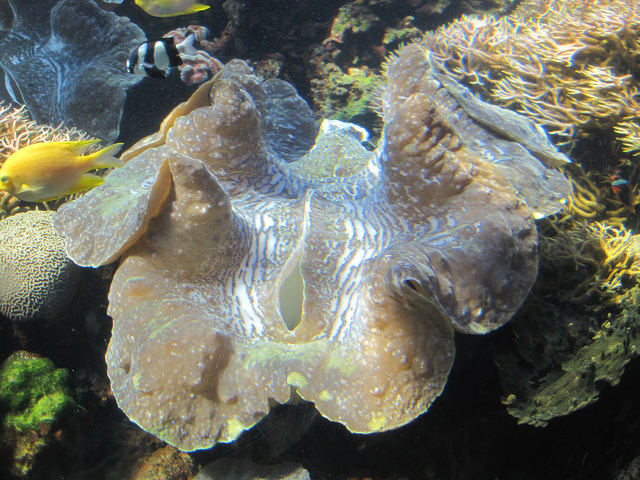
What you can do about the proposed Giant Clam Ban
You can help by submitting public comments to the NMFS opposing the listing of giant clams under the Endangered Species Act here. You can also find more information on giant clams in the aquarium trade and hobby by reading about the clam farm operated by ORA in the Marshall Islands here https://www.orafarm.com/about/mimf/), watch a video from EcoTech Marine interviewing Biota on the clams it distributes clams here (https://www.youtube.com/watch?v=qUzjAefFsoI), and revisit Jake Adam’s article and video on his trip to the Palau Mariculture Demonstration Center to learn more about how important giant clam aquaculture and mariculture is for giant clams, the reefs, and people here
Here’s the 173-page document link:
About the author

Art Parola focuses on animal welfare, sustainable development, and conserving nature, particularly through sustainable use policy initiatives. He is currently a consultant while pursuing a law degree. His writing and photographs have appeared in numerous online articles, as well as in print publications in multiple countries around the world.


